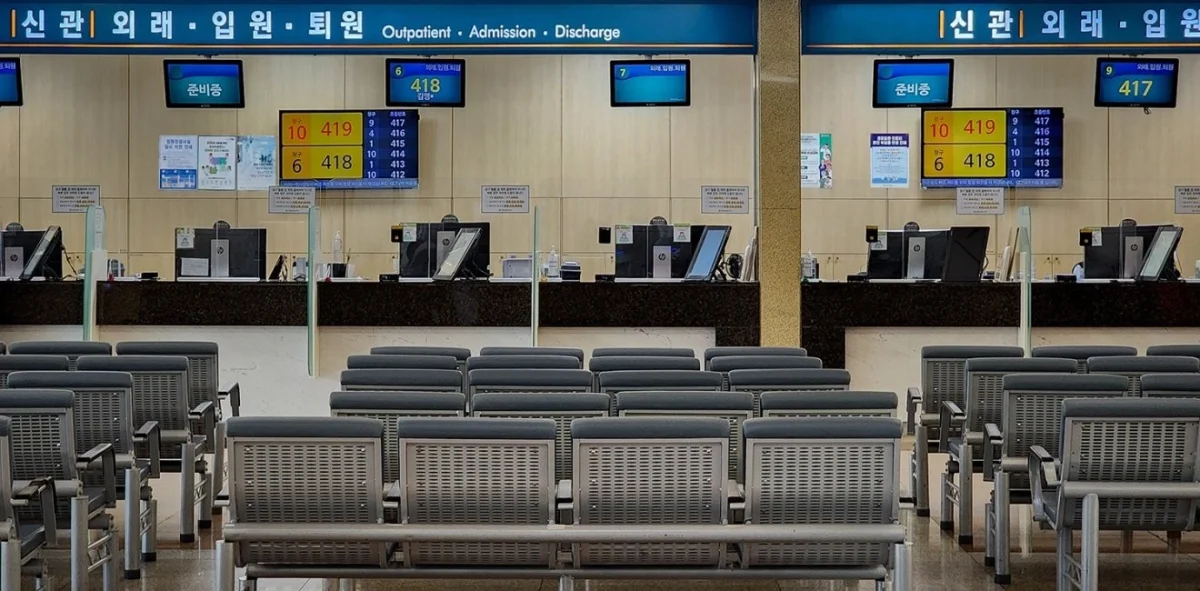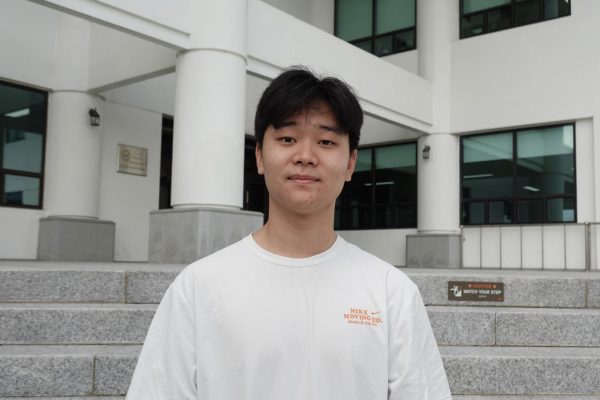Seoul resident Kai, 11, needed a biopsy to keep treating Klippel-Trenaunay Syndrome, a rare blood vessel disorder causing pain and swelling in his legs. Kai waited five months for an appointment, only for it to be canceled again due to hospital bed shortages.
The mass walkout of over 10,000 trainee doctors had left South Korea in turmoil, stranding patients urgently in need of medical attention with no hope in sight.
This was the scene in South Korea’s healthcare system for the past 18 months due to conflicts between trainee doctors and former President Yoon Suk-yeol, regarding Yoon’s proposed medical school expansion plans in February 2024.
Fortunately, the standoff has begun to dissipate, with South Korean doctors and medical students returning to work this week after President Lee Jae-myung allowed them to resume their duties without repercussions.
Despite ongoing negotiations, progress for the initial problem of the walkout is far from resolved. Expansion of healthcare to rural areas has stalled, leaving questions about what the priorities should be for the healthcare system.
“I think access to healthcare should be prioritized,” Evan Kim (11), HOSA club executive member, said. “Without enough doctors, patients in rural areas will struggle to access care, regardless of the quality of the large hospitals. I believe increasing medical school administration is one step towards closing that gap.”
However, simply increasing admissions does not necessarily mean that healthcare will expand to remote areas of the country.
“You need doctors for difficult jobs and often undesirable places,” Angela Campbell, former Stanford medical student, said. “It’s tough to get doctors in rural areas where there’s less money to be made. If you do not incentivize people who perform these tasks and simply increase the total number of doctors, you will end up with a rearrangement where you are concentrating doctors in areas that already have high concentrations, such as plastic surgery.”
Not only is this trend driven by financial stability, but also by reputation and job satisfaction. These trends are raising concerns about the ethicality of choice in the profession within the medical field.
“There are a lot of plastic surgeons because not only is it quite lucrative, but it does not have the same level of risk as emergency room (ER) doctors, making it the preferred choice,” Ms. Campbell said. “If you end up with 400 more plastic surgeons but zero ER doctors, then you have not solved the problem, and you have an overconcentration of plastic surgeons in the country.”
The conflict also raises other ethical concerns, with implications of future strikes unclear for both the doctors and patients.
“There would probably have to be some government limitations for doctors who choose to go on strike, considering their role in healthcare,” Niko Lambert, AP Biology teacher, said. “But if you give the government too much control, then now the doctors might not get the best working conditions. It would have to be discussed with both healthcare professionals and the government, getting input from both sides.”
Furthermore, the fallout of the incident suggests the lack of proper communication between doctors and government officials.
“What leadership was hearing is that the country does not have enough doctors,” Ms. Campbell said. “However, they were not hearing the nuances, the complexity of the problem. Unfortunately, communication requires humility and time, things that are often not possible when the legislative body does not have the luxury of time. This has led to situations where people become comfortable making poor decisions that affect many people. I think that the comfort level people have become accustomed to is really the bane of bureaucratic government.”
For patients like Kai, the end of the strike offers temporary relief; however, the past 18 months have highlighted the fragility and ongoing strain of South Korea’s healthcare system. The system will depend on how negotiations between the government and medical professionals proceed.


